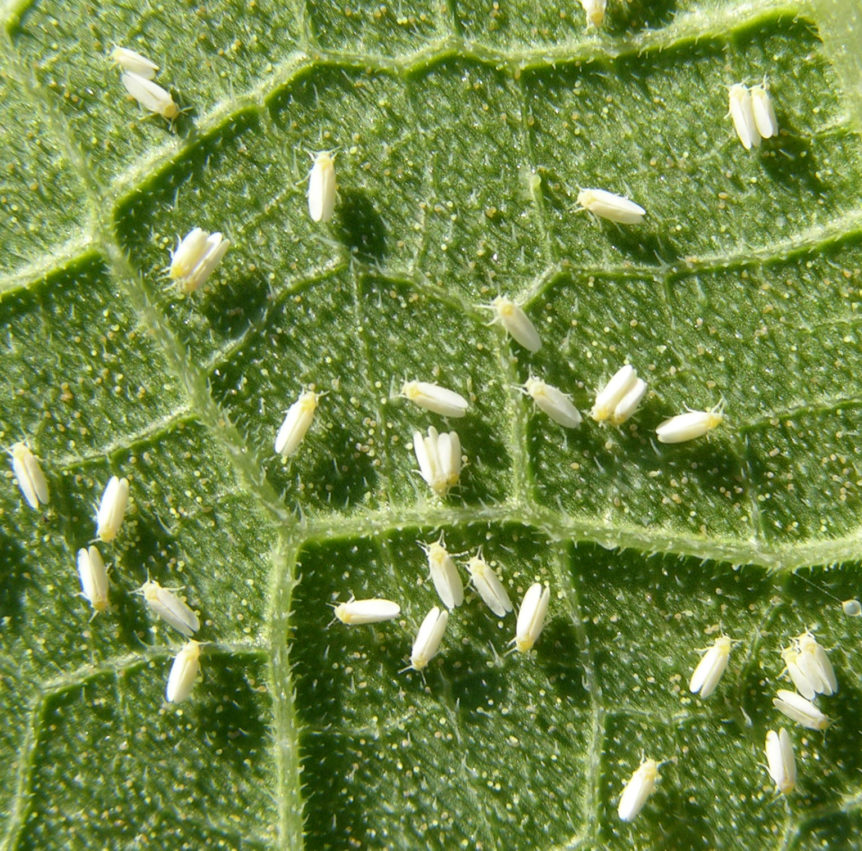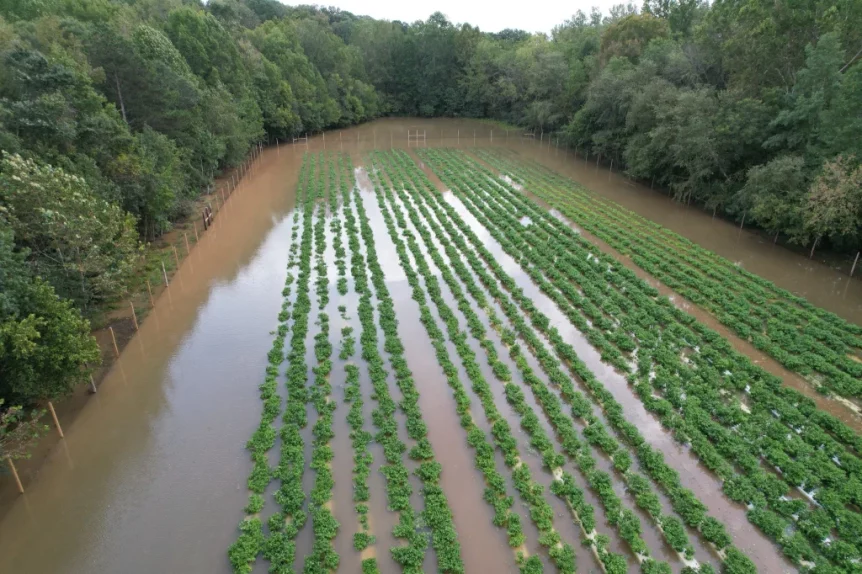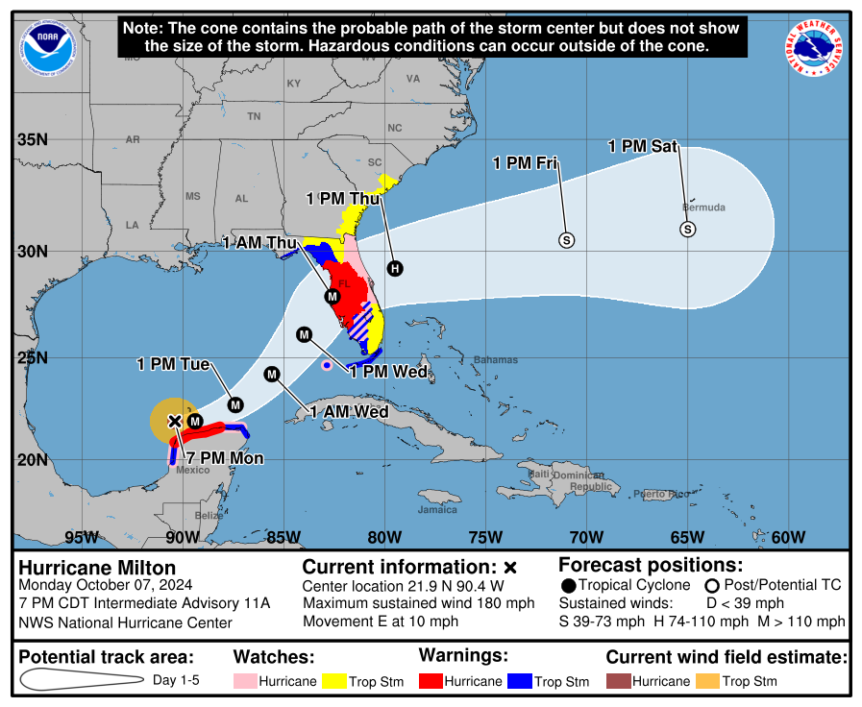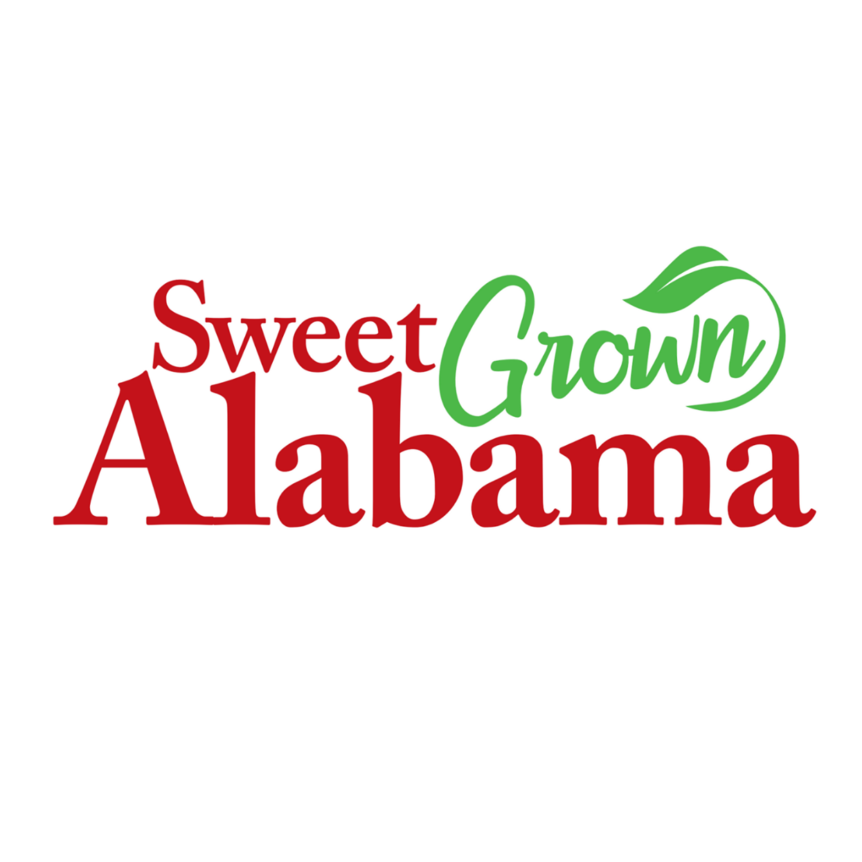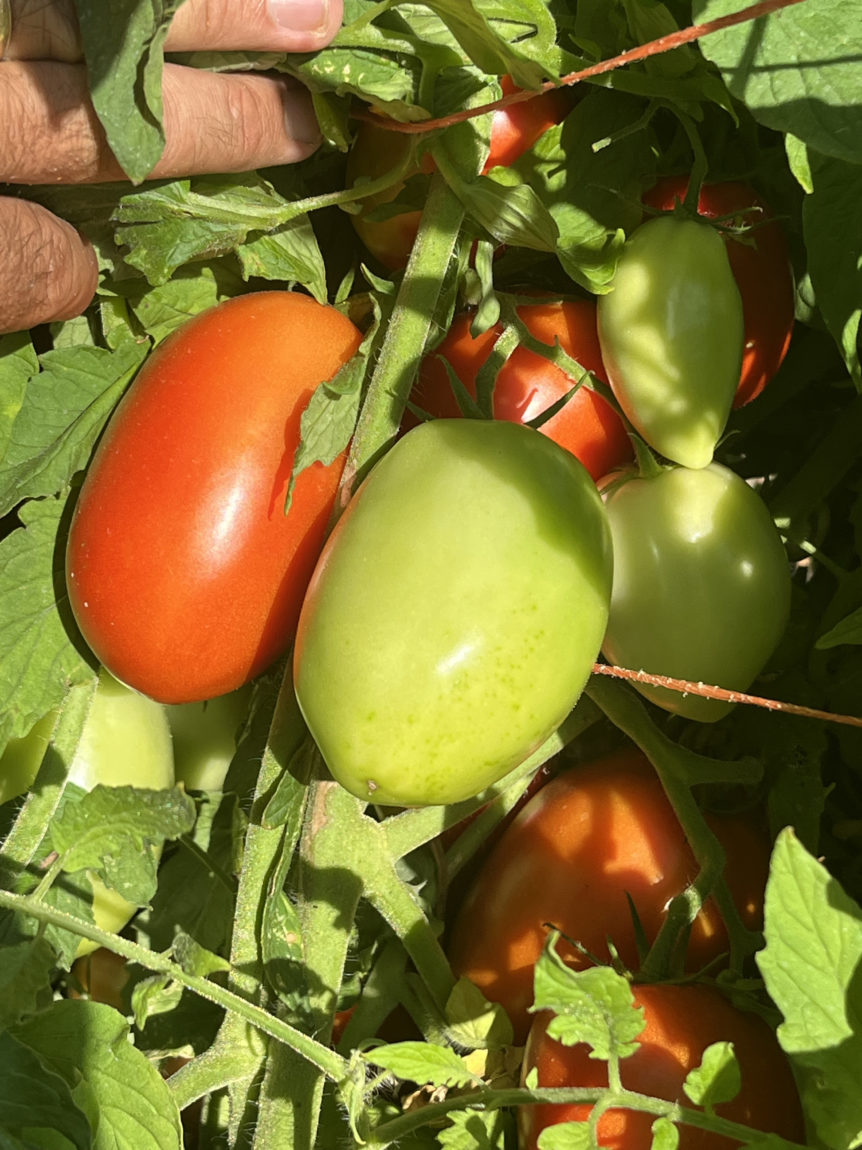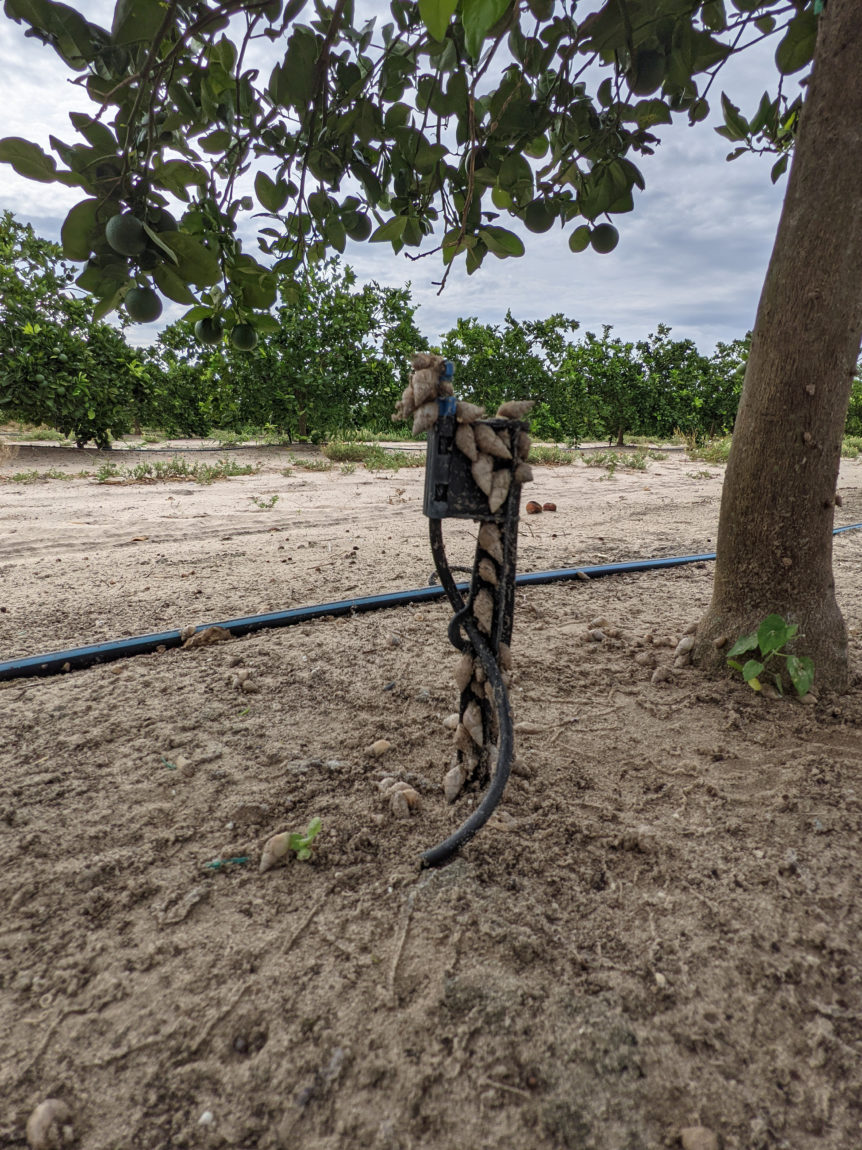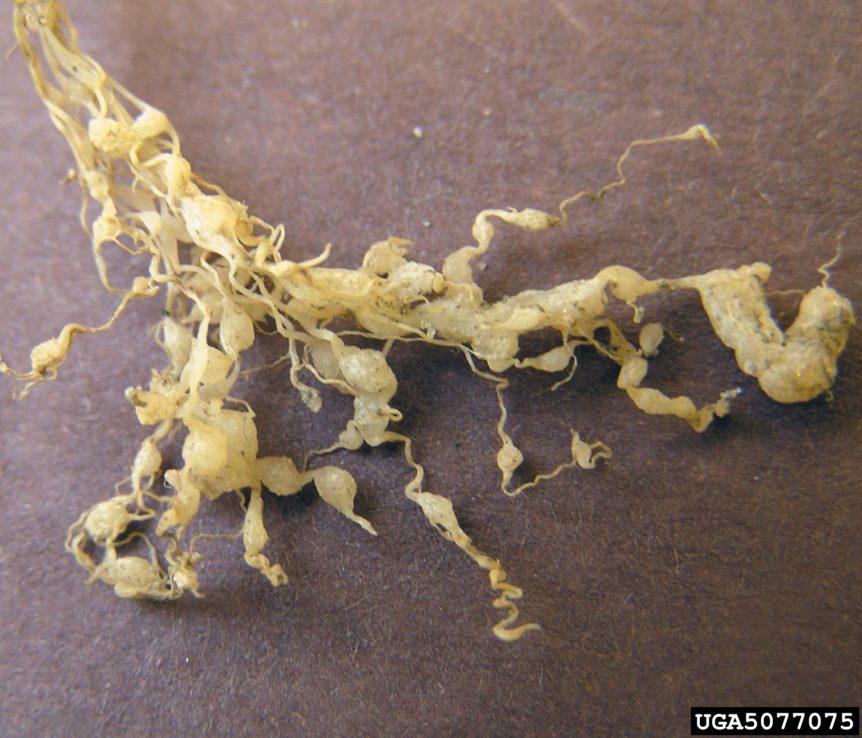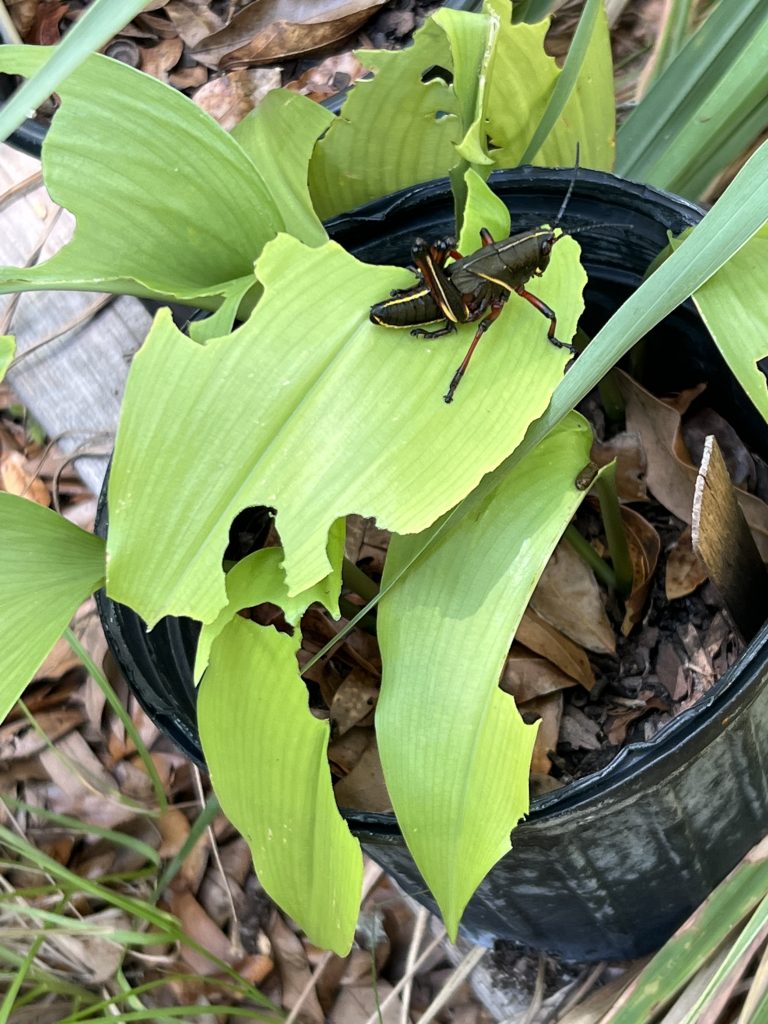By Clint Thompson Whitefly pressure was a non-factor in South Georgia’s fall vegetable crop this year. Hurricane Helene was a big reason why. While the storm brought high winds and excessive rains that devastated multiple agricultural commodities, its one bright spot was its impact on the whitefly populations, says University of Georgia vegetable entomologist Stormy Sparks. “The hurricane knocked them …
Hurricane Helene Aftermath: South Carolina Muscadines, Vegetables Impacted
By Clint Thompson Hurricane Helene left its mark on agriculture in the Southeast, impacting farms in South Carolina. Andy Rollins, county Extension agent, said his area’s muscadine production was especially impacted by the major flooding and high winds that accompanied Helen’s trek through the Carolinas. “Our muscadine crop, we only have a few growers, but the ones that grow for …
Dry Period Key for South Florida Vegetables Following Hurricane Milton
By Clint Thompson A looming dry period would be just what the doctor ordered for South Florida vegetable farmers impacted by Hurricane Milton last week. University of Florida Institute of Food and Agricultural Sciences (UF/IFAS) Hendry County Extension Director Craig Frey said high winds and tornadic activity wreaked havoc with certain crops that were in the ground. It leaves them …
Sweet Grown Alabama Excels in Promoting State’s Fruits and Vegetables
By Clint Thompson Sweet Grown Alabama has accomplished a lot of its marketing goals during its short five-year history of promoting the state’s agricultural industry. There is still plenty of room for growth, however, believes Aisling Walding, assistant director for Sweet Grown Alabama. “We are going on year five, which is so crazy to me. We started back in 2019, …
Production for Top Five Fresh Vegetables Increased 2%
The production of the top five fresh vegetables, not including potatoes, increased 2% from the prior season, though the national supply of fresh-market vegetables dropped by 1.2% in 2023, according to the U.S. Department of Agriculture Economic Research Service Situation and Outlook Report. The production increase was instigated by expansions in planted acreage, improved weather conditions and increased yields. Increases …
USDA Proposes Revising Section 8e Import Inspection Fee Structure for Fresh Fruits, Vegetables
The U.S. Department of Agriculture (USDA) Agricultural Marketing Service (AMS) is proposing revisions to the regulations governing the inspection and certification of fresh fruits, vegetables and other products. These proposed changes include a per-pound fee structure for certain Section 8e import inspections; a minimum fee equivalent to a 2-hour charge computed at the current established hourly rate, whichever is greater; …
Snail’s Pace: Impact Being Seen in Georgia Vegetables
By Clint Thompson Snails are already impacting citrus in Florida. Georgia vegetables experts are concerned their crops could be next. Stormy Sparks, University of Georgia (UGA) Cooperative Extension vegetable entomologist, talked about the dangers that snails pose to all vegetable crops in South Georgia. “It’s a growing concern, absolutely,” Sparks said. “We’ve got some in the squash fields over in …
Specialty Crop Grower Magazine: Tracking Progress of Region’s Fruits, Vegetables
By Clint Thompson Sweet Corn Picks Up After Slow Start Florida sweet corn volume was expected to ramp up during the first couple of weeks in April. The increased production was needed for growers who experienced a sluggish start to the season, mostly due to excessive rainfall. The record rainfall kept growers from being able to access the field for …
Staying on Top of Nematodes in Vegetables
By Frank Giles Nematodes can be a hidden yield robber. The soilborne pests can pack a pretty powerful punch despite their puny size. Nematodes have been problematic in Southeast vegetable crops for many years. Their management was complicated by the phaseout of methyl bromide. In 2018, the University of Georgia surveyed fields in 30 Georgia counties to measure the pest. …
Threat to Vegetables: UF/IFAS Experts Provide Tips to Manage Eastern Lubber Grasshopper
Eastern lubber grasshoppers are out in force throughout the Southeast, including some parts of Florida. They’re munching on landscape plants, citrus and vegetable crops, while gardeners and growers are trying to minimize the damage. These insects can be found from March to April to about October to November in North Florida and the state’s Gulf Coast. They can be economically …










